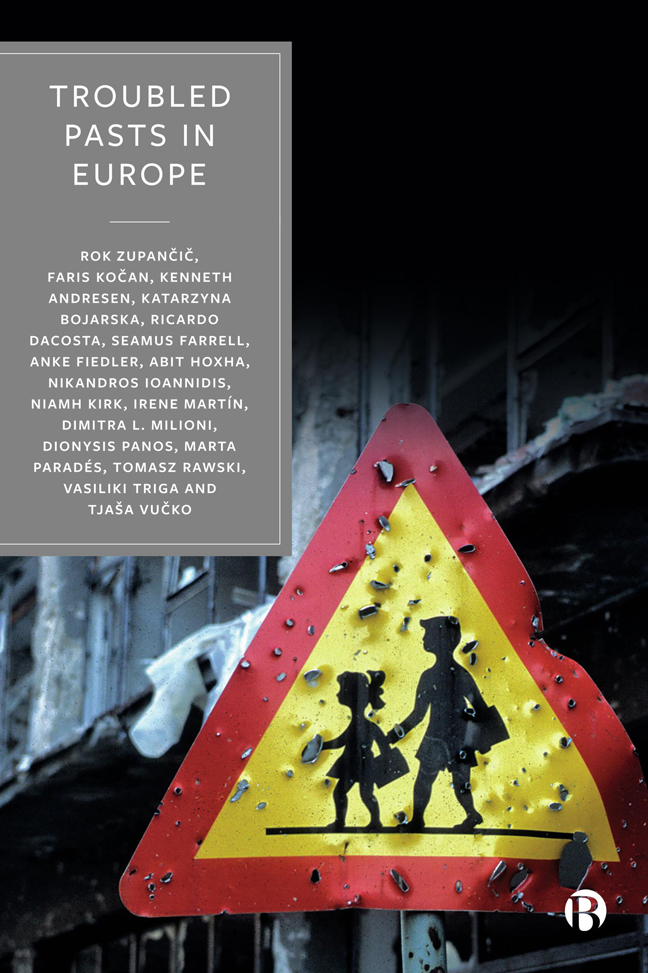 Troubled Pasts in Europe
Troubled Pasts in Europe Published online by Cambridge University Press: 25 January 2024
Introduction
Two conflicts of the recent past are still very present in the collective memories and the political discourse in Spain, namely the civil war (1936–9) and Franco's dictatorship (1939–77). The Spanish civil war was the result of a major internal conflict of an ideological, social, religious and regional character that intensified during the Second Republic (1931–9). One of the dimensions of the division was the centre–periphery cleavage, between the Republicans, more sensitive to demands for decentralization – especially intense in regions such as the Basque Country and Catalonia – and the so-called ‘Nationals’ in favour of a strong and centralized nation-state. The war started in 1936 when a group of army officers attempted a coup d’état against the democratically elected Republican government. They were internally supported by the military, landowners, businessmen and the Catholic Church, and externally by the fascist German and Italian armies. The Republicans were led by the government and the army was supported by the militias of other leftist and anarchist political parties, trade unions and volunteers from all over Europe and the Americas who joined the communist-run International Brigades. In society, the Republicans found support mainly among urban workers, agricultural labourers and the educated secular middle class. The Soviet Union provided highly conditional assistance to the Republic. The UK and France, on the other hand, supported an arms embargo that effectively doomed the Republic. More than 350,000 Spaniards died in the fighting.
The multiple ‘cleavages’ and conflicts that divided Spanish society were further deepened during almost 40 years of dictatorship. During this period, many of the defeated were displaced, tortured, imprisoned or killed. Between 30,000 and 50,000 people were executed on political grounds in the aftermath of the civil war and 500,000 went into exile. There were more than 188 concentration camps, and many people were in forced labour (Aguilar et al, 2011, p 63). During the dictatorship, any sign of nationalist identity (for example, speaking in Basque or Catalonian language) was totally suppressed. The repression of the state was felt until September 1975 when the last five people were executed. There are no official figures but according to the National High Court, between 1936 and 1951 there were more than 114,226 victims of enforced disappearance (De Greiff, 2014).
To save this book to your Kindle, first ensure [email protected] is added to your Approved Personal Document E-mail List under your Personal Document Settings on the Manage Your Content and Devices page of your Amazon account. Then enter the ‘name’ part of your Kindle email address below. Find out more about saving to your Kindle.
Note you can select to save to either the @free.kindle.com or @kindle.com variations. ‘@free.kindle.com’ emails are free but can only be saved to your device when it is connected to wi-fi. ‘@kindle.com’ emails can be delivered even when you are not connected to wi-fi, but note that service fees apply.
Find out more about the Kindle Personal Document Service.
To save content items to your account, please confirm that you agree to abide by our usage policies. If this is the first time you use this feature, you will be asked to authorise Cambridge Core to connect with your account. Find out more about saving content to Dropbox.
To save content items to your account, please confirm that you agree to abide by our usage policies. If this is the first time you use this feature, you will be asked to authorise Cambridge Core to connect with your account. Find out more about saving content to Google Drive.